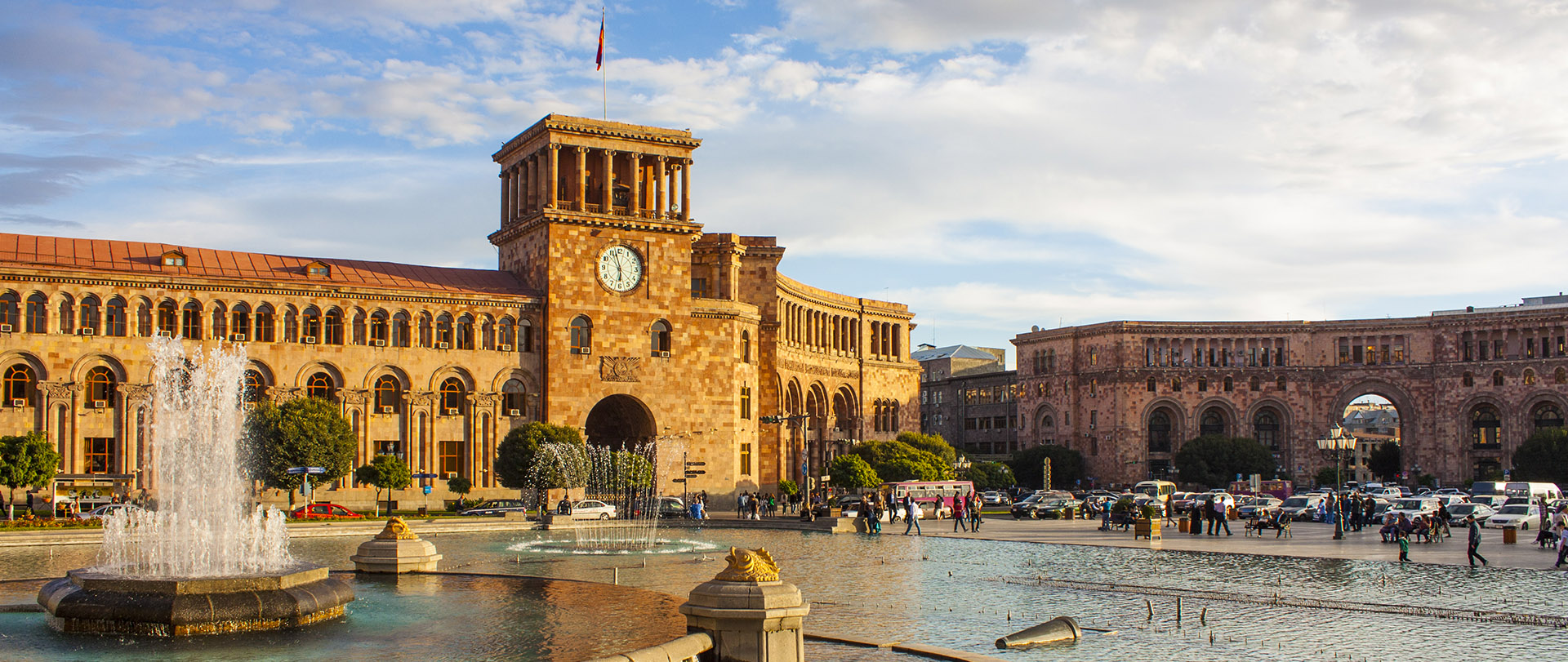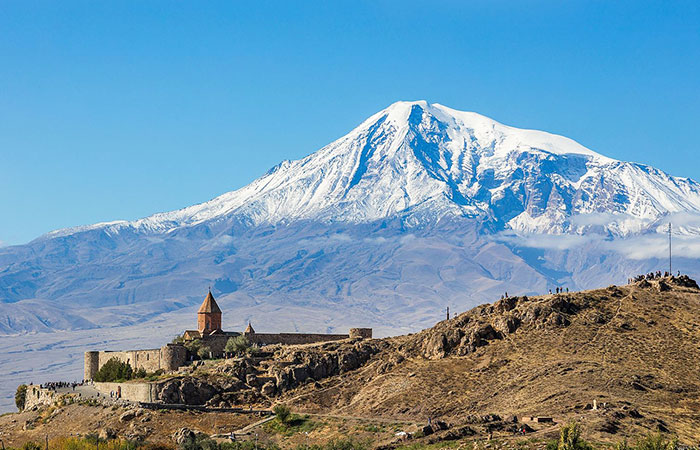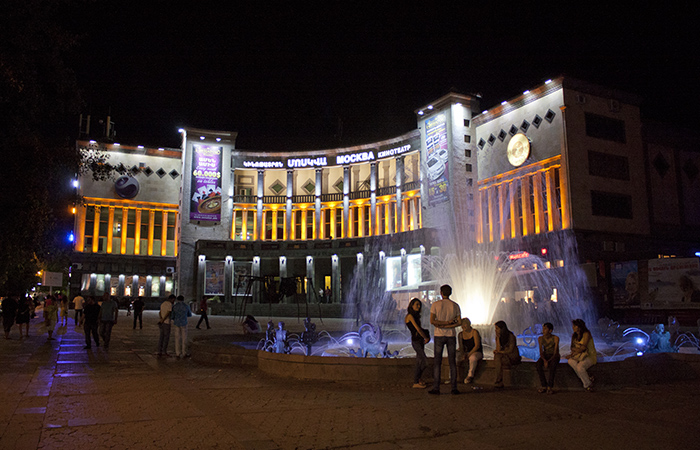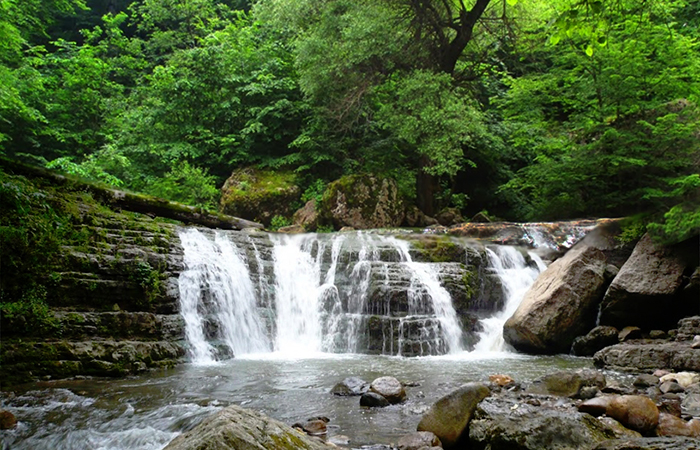
Information about Armenia for tourists
Armenia is located in the South Caucasus. Borders of Armenia: with Georgia in the north, Iran in the south, Azerbaijan in the east and Turkey in the west. The territory of the present Republic of Armenia is 29,800 square kilometers and is located at an average altitude of 1,800 meters above sea level. The highest point here is Mount Aragats (4090 m), and the lowest is the Debet River gorge (400 m). The capital is Yerevan. According to 2003 data. According to the 2010 census, the population is 3.2 million people, of which 1.1 live in Yerevan.
When is the best time to visit Armenia?
Armenia is equally beautiful at any time of the year. In a relatively small area, you can find an amazing variety of nature seasons. Spring, summer, autumn and winter are full and bright here. The tour season in Armenia starts from April to November, but nature reaches its peak of luxury at the end of May, and autumn is fertile until the end of September. Throughout the tourist season, guests of Armenia can taste ecologically clean and natural products made from delicious ingredients. The busiest tourist season is July. Tsaghkadzor resort opens its doors to fans of winter recreation and sports from late December to late March. The most convenient place for a medical stay is Arzni Sanatorium, where you can have a pleasant rest at any time of the year.
Quick reference
- Capital of Armenia - Yerevan
- The state language is Armenian.
- The Armenian alphabet was created in 405 by the scientist and priest Mesrop Mashtots and originally consisted of 36 letters. In the XI century, three more letters were added. Together with his disciples, Mashtots translated part of the Bible into Armenian.
- Religion - Christianity (Armenian Apostolic Church) Thanks to the activities of Gregory I the Illuminator (in Armenian - Grigor Lusavorich, later canonized) in 301, during the reign of King Trdat III, the Armenians were converted to Christianity, and Armenia became the first country in the world that adopted Christianity as a state religion.
- Ethnic composition - Armenians (98.1%), Yezidis, Russians, Assyrians, Ukrainians, Kurds, Greeks, Jews and representatives of other national minorities
- The national currency is the Armenian dram (AMD), which was issued in 1993. The currency conversion of Armenia is the ruble, dollar, euro, etc.
- Major cities - Gyumri, Vanadzor
- Administrative division - 11 regions (including the capital Yerevan, which also has the status of a region)
- Climate - dry, continental






